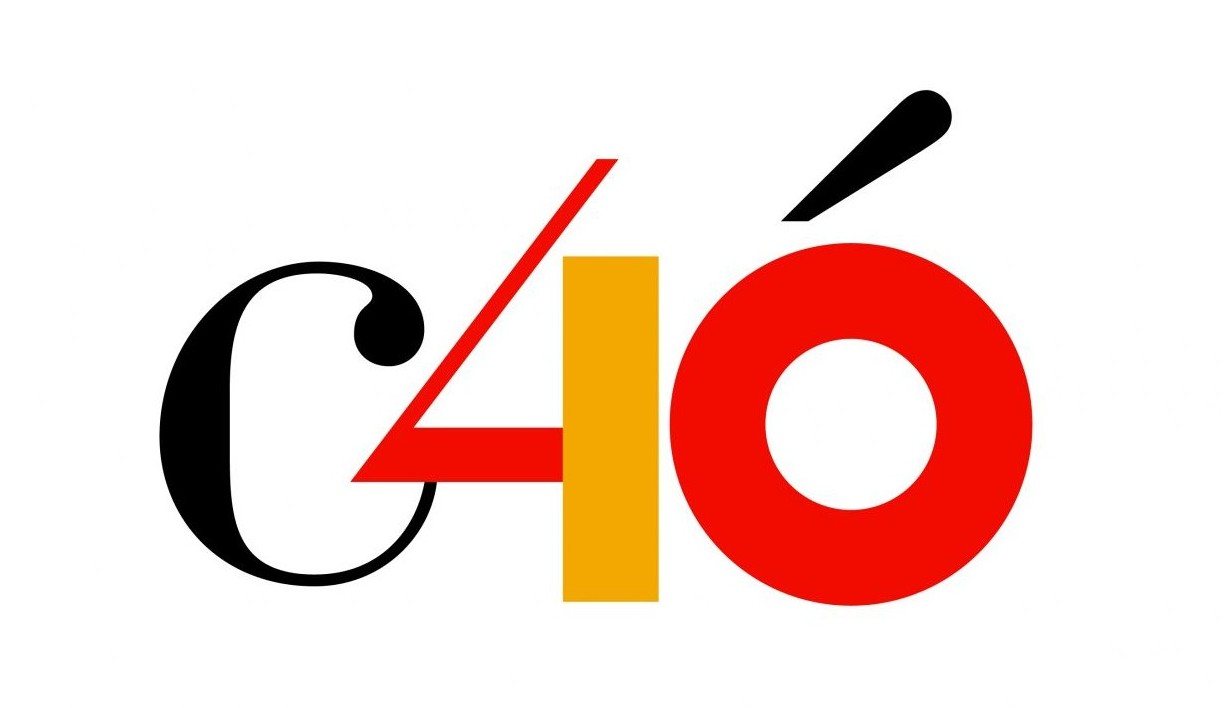1978 was a year that left a significant footprint on Spanish history. The draft Constitution was published in the Official State Journal in January, and voting took place on 31st October in the “Congreso de los Diputados” (Congress of Deputies). It was ratified in a referendum on 6th December and published in the Official State Journal on 29th December. That was the start of the longest constitutional period in the history of our country, which this year enters its 40th year.
AC/E is joining the celebrations of this event by organising two emblematic exhibitions “The Power of Art” in conjunction with the General Courts and MNCARS, and “The Papers of Change. Revolution, Literary Publishing and Democracy 1968-1988” in conjunction with the National Library of Spain.
“The Power of Art” is on display in the two Chambers, the Congress and the Senate, featuring significant works of art because of their historical context belonging to the MNCARS collection by Spanish artists whose careers spanned the middle of the 70’s to the middle of the 80's. Parallel to this MNCARS presents another exhibition in the halls of its permanent collection, with narratives about works whose discourse describes the social changes that took place over those years. Visitors to the museum will also be able to see the exhibitions displayed at the Congress and Senate, joining the guided tours of those sites according to the visiting rules and previous registration.
“The Papers of Change. Revolution, Literary Publishing and Democracy 1968-1988" is a proposal with the aim of illustrating new cultural habits, particularly reading, that arrived hand-in-hand with democracy in Spain. The project was conceived with 1978 as the dividing axis, with materials from the ten previous years (1968-1978) on one side, and the work from the following decade (1978-1988) on the other. This clearly illustrates the contrasts between both periods of history and depicts the changes in Spanish society. In the words of the curator, the Chair of Spanish Literature at Barcelona University, Jordi Gracia, “Spanish culture underwent an about turn between 1968 and 1988 from the dream of the revolution through to the agreed rupture with Francoism and against Francoism. (...) This was done by massive minorities of readers, new consumers and often by young people with new habits, avid and excited, music listeners, counterculturalists or anarchists, explorers of new and old drugs.





